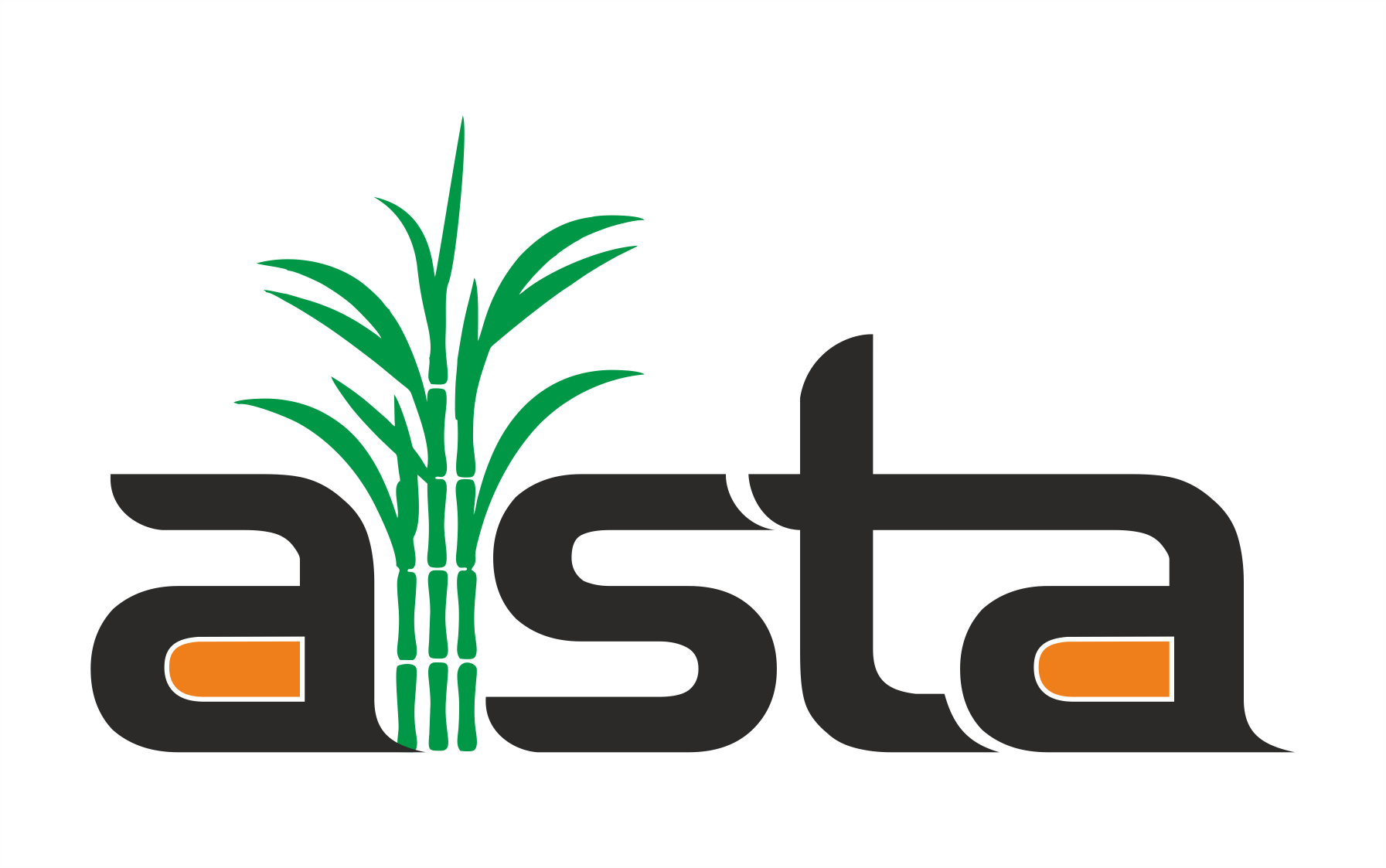Buying by stockists likely to push up sugar prices
Govt lifts stock limit on traders; may trigger 1.5 mt of fresh purchases to fill inventories.
Sugar prices are likely to rebound in the short term due to fresh buying from stockists, after the lifting of stockholding limits and a gradual decline in distress selling by some mills in Uttar Pradesh and Maharashtra.
The government on Tuesday lifted the stockholding limit on sugar, which had restrained traders from holding beyond 1,000 tonnes (t) in the Northeast and 500 t in the rest of the country. The limit also came with a rider that traders would have to sell their stocks within 30 days. Now, traders and stockists can buy and store any amount of sugar. The restriction had drained the inventory pipeline.
Experts, however, said around 1.5 million tonnes (mt) of fresh purchases would come into the system following the lifting of the cap. “Lifting of stockholding limit was delayed due to elections in Gujarat and Himachal Pradesh,” said Praful Vithalani, chairman, All India Sugar Traders Association. “Following the election result, the government immediately removed the stockholding limit. Now, traders, stockists and bulk consumers can store as much as they want. This would immediately stop the fall in sugar prices and the prices would start rising in the first quarter of next year.”
Due to consistent pressure on account of surplus production estimates for the 2017-18 sugar season (SS) and a bumper output projected for 2018-19, the benchmark sugar price had declined by 15 per cent since the beginning of the current crushing season — October 2017 — to Rs 3,150 a quintal now.
The Indian Sugar Mills Association (ISMA) had forecast sugar output at 25.1 mt for the 2017-18 season, but some traders had pegged it at 29-30 mt. For SS 2016-17, sugar mills reported production of 20.3 mt.
The commodity was also under pressure from distress selling. Some mills facing a financial crunch had sold their inventory, across Maharashtra and Uttar Pradesh, resulting in a steady decline in prices.
The expected price recovery should put sugar mills back in profit. Most of these incurred losses due to higher production cost of Rs 3,700 a quintal, against realisation of Rs 3,150-3,300 a quintal. If the current price levels sustained, it would result in losses for sugar mills across the country and the piling up of sugarcane arrears to farmers.
“Initial rumours by a handful suggesting a specific production figure for SS 2018-19 had a negative impact on the market in the latter part of November and in the beginning of December 2017,” ISMA Director General Abinash Verma said. “With buying interest improving and the stockholding limit on traders removed, the market is expected to increase buying. This can have a positive impact on sales and market sentiment. There is already a stabilising effect.”
The sugar market has now realised that only 10-15 per cent of sugarcane for SS 2018-19 has been planted, and the figures suggested by some people for the next season was misleading, an ISMA report said. This should also support prices.
Meanwhile, the production forecast for SS 2017-18 was slightly higher than the annual sugar consumption estimate of 25 mt. Availability or surplus was expected to remain at 4 mt.
Currently, 469 operating mills cumulatively produced 6.94 mt of sugar between October 1 and December 15, 2017, against 5.35 mt produced by 449 sugar mills during the year-ago period. This indicated an increase of 30 per cent, or 1.59 mt, in sugar production this season.
Sabyasachi Majumdar, senior vice-president & group head, Icra Ratings, said: “UP-based mills are likely to benefit from healthy prices, along with continued healthy volumes and recovery rates, although its impact could be partly offset by moderately higher state administered prices of cane. While some short-term impact on account of arrival of fresh sugar from the new crop is likely, prices are largely expected to remain steady. However, some moderation in profit margins from Q3FY2018 is not ruled out. The margins and cash flow generations for mills with efficient operations, forward integration and adequate stocks are likely to remain satisfactory. This apart, these mills have by and large seen significant deleveraging over the last couple of years, which will help them withstand cyclical downturns better.”
For mills in Maharashtra and North Karnataka, the benefits from steady sugar prices might be lower due to fair and remunerative price of cane for SS 2017-2018, and also relatively lower recovery
Source: business-standard:Published on 2017-12-19

